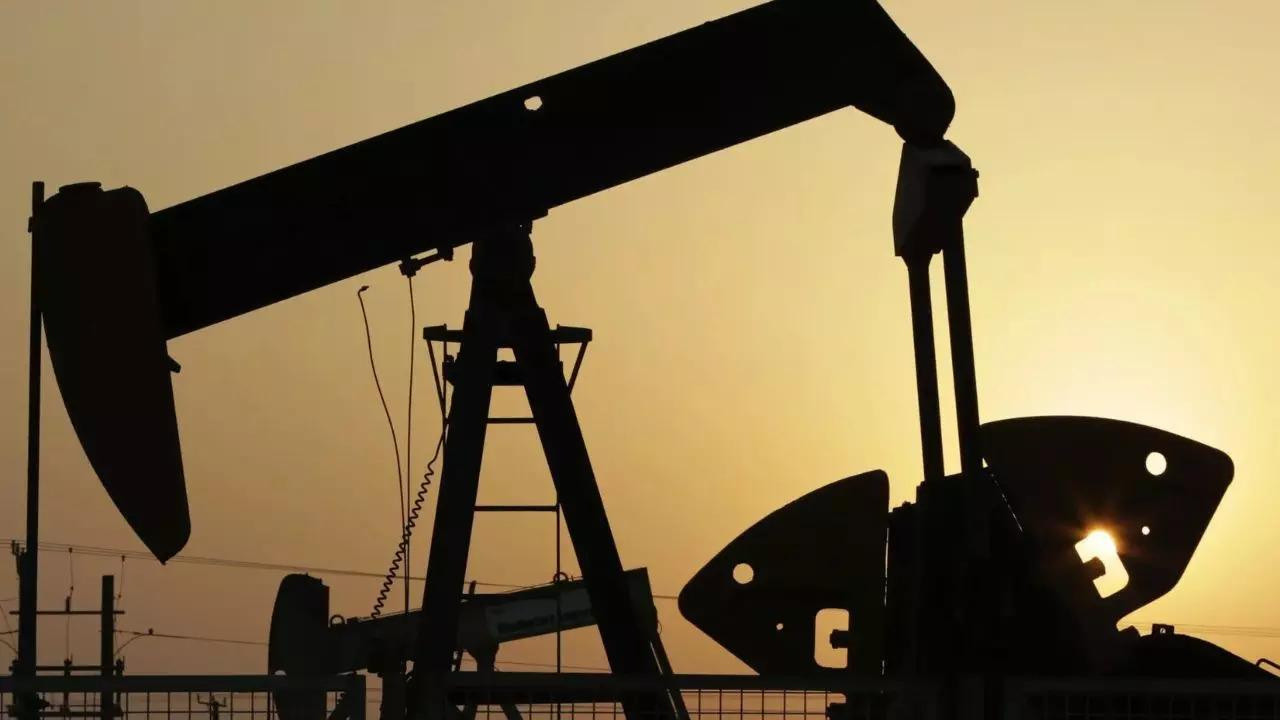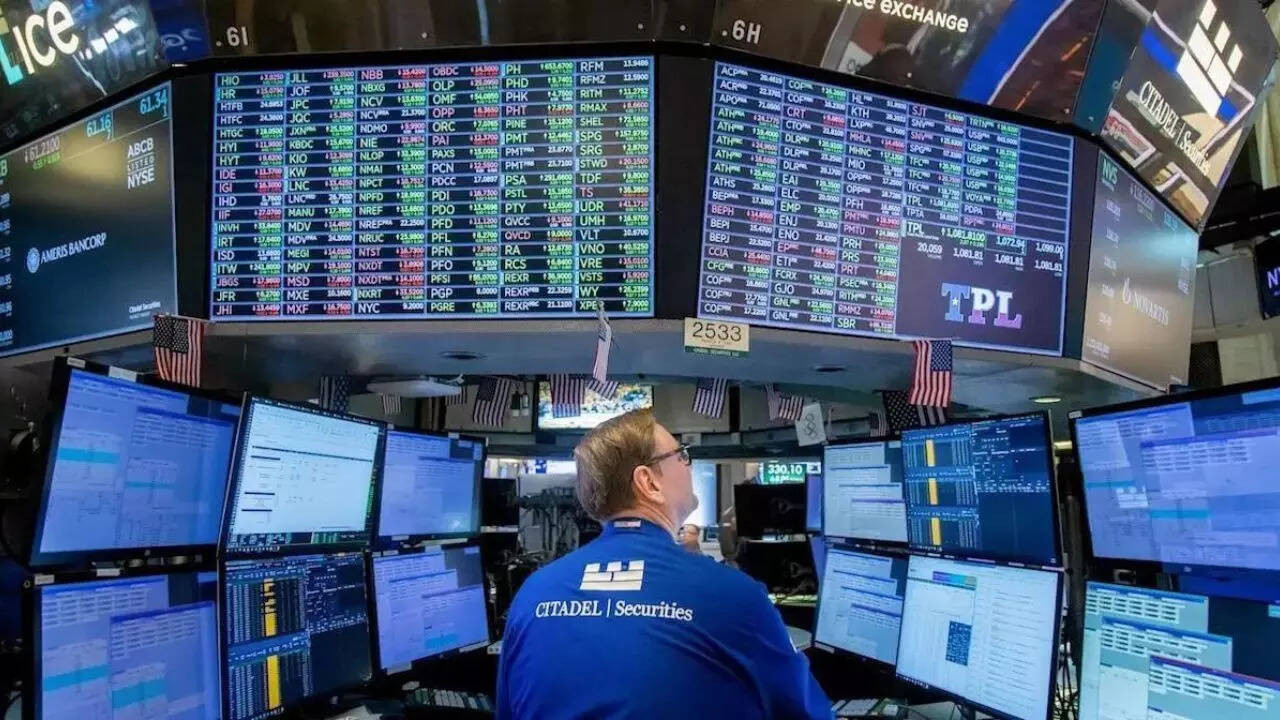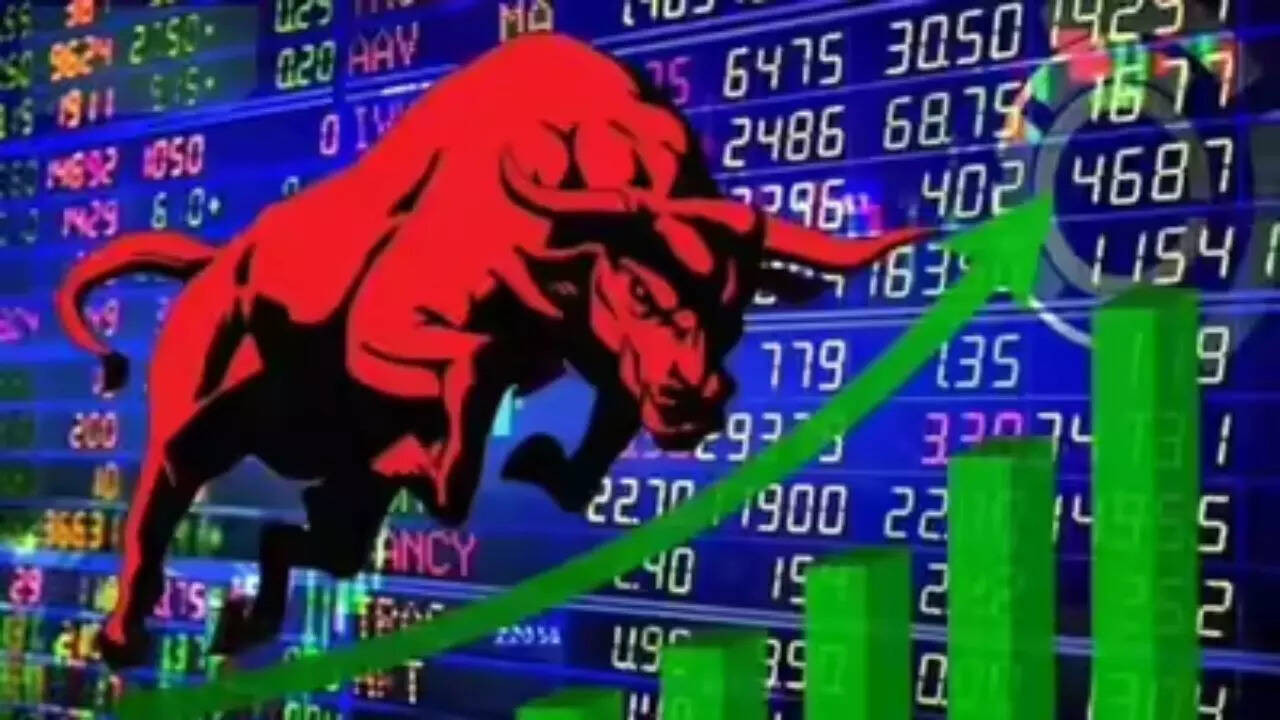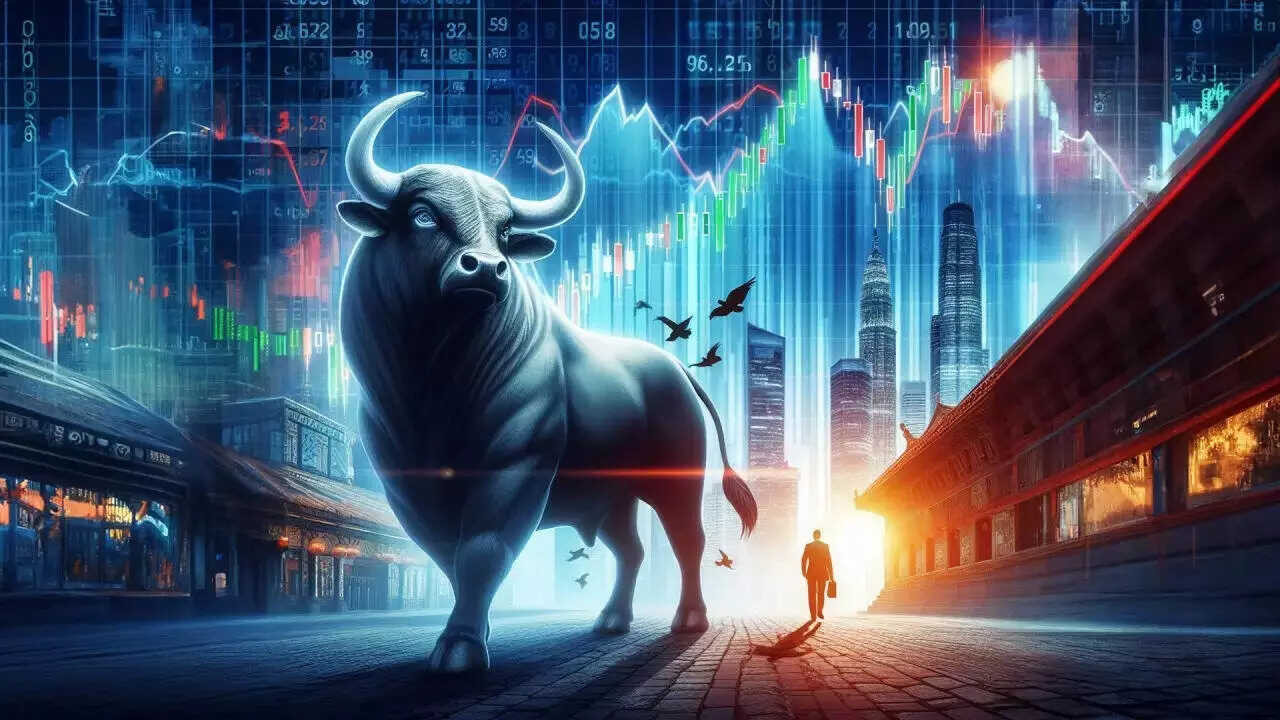The United States anticipates a significant slowdown in crude oil production growth by 2025. A sharper decline is expected in 2026. S&P Global Commodity Insights warns of a looming global oil surplus. Weak demand will impact the US disproportionately. OPEC+ members are fast-tracking the rollback of production cuts. This decision will add pressure on global supply balances.
The Oil Rollercoaster: Are We About to Hit a Downward Plunge?
So, we’ve been hearing a lot lately about oil, haven’t we? Prices fluctuating, geopolitical tensions swirling, and the relentless hum of the global economy, all powered by the black gold. But lurking beneath the surface of relatively stable prices and abundant supply, there’s a seismic shift potentially on the horizon. A shift that could redefine our relationship with oil, and frankly, our wallets.
Standard & Poor’s (S&P) has just dropped a bit of a bombshell: U.S. oil production, the powerhouse that has kept global prices somewhat in check, is poised for a slowdown in 2025. Not just a gentle deceleration, mind you, but a full-blown stall, followed by a potentially sharp decline in 2026. Now, before you envision Mad Max scenarios playing out, let’s unpack what this could mean, why it’s happening, and what factors are at play.
For the past few years, the U.S. has been the king of crude, largely thanks to the shale revolution. Fracking unlocked vast reserves, transforming the US from an importer into a major exporter, and helping to buffer global markets against disruptions. But the party might be winding down.
The crux of the issue lies in a tightening supply chain. Think of it like this: you can’t keep pumping oil out of the ground indefinitely without replenishing the tools and resources used to do so. The article highlights that the easy-to-reach reserves are becoming depleted, and the industry is facing challenges in securing the necessary equipment and labor to maintain current production levels. It’s getting harder, and therefore more expensive, to extract the same amount of oil.
And here’s where it gets interesting. The S&P report suggests that this supply squeeze is happening even while the world might be facing a global oil glut. Confusing, right? How can we have both a U.S. production decline and a worldwide surplus?
The answer, as always, is complex. Other oil-producing nations, particularly in the Middle East, could be ramping up their output. Economic slowdowns in major consuming nations (think China and Europe) could also dampen global demand, creating a surplus.
This creates a precarious balancing act. A global glut could keep prices relatively low in the short term, masking the underlying issue of dwindling U.S. production. But what happens when global demand rebounds, or unforeseen geopolitical events disrupt supplies from other regions? Suddenly, that U.S. production decline becomes a much bigger problem, potentially leading to a price spike.
The implications are far-reaching. For consumers, it could mean higher prices at the pump and increased heating bills. For businesses, particularly those in energy-intensive industries, it could lead to squeezed profit margins. And for the broader economy, it could fuel inflation and potentially slow down growth.
Beyond the immediate economic impact, this situation also throws a spotlight on the long-term sustainability of our energy policies. Are we too reliant on fossil fuels? Should we be accelerating the transition to renewable energy sources? These are questions that policymakers and businesses alike need to be grappling with right now.
This isn’t necessarily a doomsday scenario, though. The oil industry is notoriously cyclical, prone to booms and busts. Technological innovations could unlock new reserves or improve extraction efficiency. Government policies could incentivize increased production. And of course, a global recession could dramatically reduce demand, mitigating the impact of the U.S. production decline.
However, the S&P report serves as a stark reminder that the era of cheap and abundant oil might be coming to an end. We need to be proactive, not reactive. We need to invest in alternative energy sources, improve energy efficiency, and adapt our lifestyles to a world where oil is no longer the dominant force it once was.
The oil market is a complex beast, influenced by a multitude of factors. But one thing is clear: the ride ahead is likely to be bumpy. Buckle up. It is time we have a conversation about our unsustainable oil consumption and production.
📬 Stay informed — follow us for more insightful updates!







